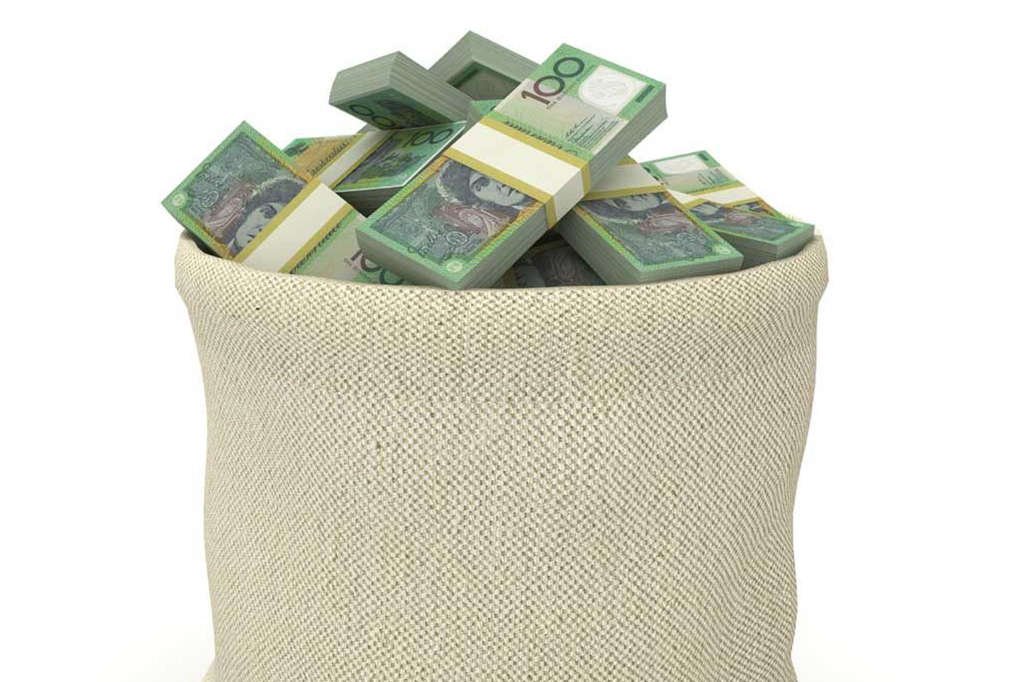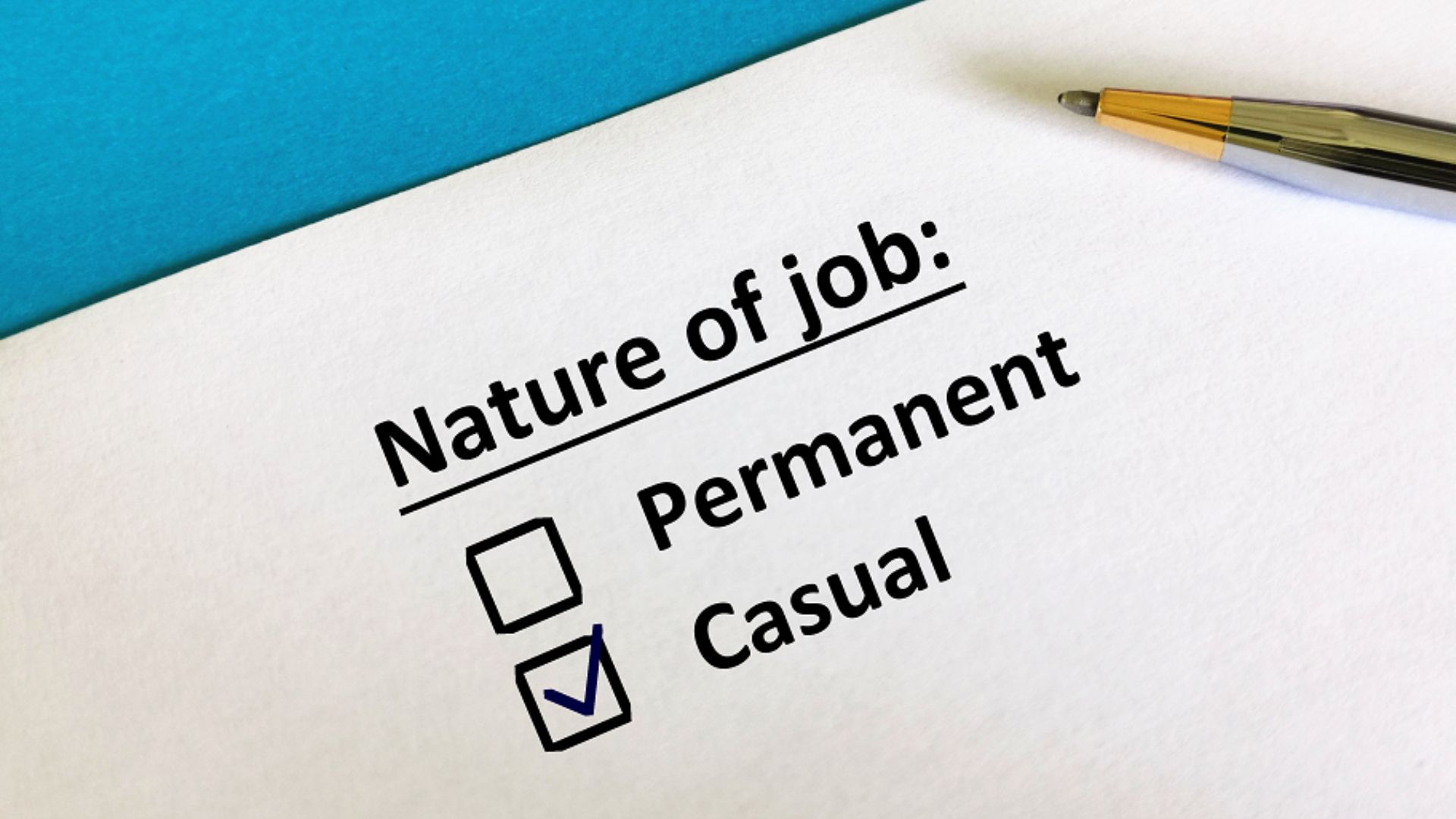Bessie Hassan | Money Expert at finder.com.au
Disclaimer: Please note our website, including this guest article, is in no shape or form designed to replace the need to obtain professional advice from experts such as Financial Planners. All information on our website is general & factual in nature and should not be relied upon. In particular, we wish to remind you that the information in this article is not designed to replace advice. We always recommend you speak to a licensed professional. Additionally, this guest blog has been written by a third party (finder.com.au), FHBA is not responsible for the accuracy of the information in this blog. Please visit our website’s Terms & Conditions for more information.
TODAY first home buyers face a series of roadblocks when it comes to getting into the property market which is why they need to become financially savvy and better accustomed with the home loan market in order to overcome these challenges.
Not only do first home buyers need to save up for a home deposit, but they’re also obliged to come up with funds to cover a whole field of costs like stamp duty, insurance, loan fees, repairs and maintenance, legal and administrative charges, and more.
A recent finder.com.au study found it takes first home buyers 3.7 years on average to save for a home deposit, while a striking 11% of Aussies have saved for over 10 years to complete a deposit.
Spending nearly 4 years of your life saving for a deposit may be a reality for many Australians, but here are some actionable ways you can fast-track your way into the property market.
- Apply for pre-approval.
When you apply for pre-approval, a bank reviews your financial situation and gives you an approved amount to borrow for a home loan. This is an important step to getting into the property market because it proves to the lender that you’re committed to purchasing property and it can also speed up the final application process.
- Consider a “no frills” home loan.
In a low-interest rate setting, the home loan market is competitive and there are many useful products suited to first home buyers. However, if you’re looking to cut loan costs, it may be worth looking into a home loan with a low rate and minimal fees. For instance, you may want to consider a mortgage with a $0 application fee and few account-keeping fees as this will help you reduce loan costs.
When comparing products, it’s a good idea to forecast what your repayments will be so you can facilitate a long-term budgeting plan.
- Get in early for government grants and concessions.
Government grants and stamp duty concessions are offered in each state or territory, so it’s worth checking out the program to see if you’re eligible. While the level of support will vary from state or territory, it can provide significant financial support that could help you purchase property sooner. For instance, if you’re a first home buyer in NSW, you could be eligible for a $10,000 grant and a stamp duty exemption if the property is valued up to $550,000.
It’s recommended you lodge your application at the same time you apply for a home loan to ensure things go as smoothly as possible.

- Shrink existing personal debt.
Before you apply for a mortgage, work to minimise or manage any existing debt that you have. Whether it’s lowering your credit card limit, switching to a more cost-effective internet provider, or paying out your car loan, there are many ways you can reduce your outstanding debt and/or manage it more efficiently.
Remember when you apply for a home loan, the lender will review your financial position, including your credit score, to decide whether you’re a creditworthy borrower so it’s worth minimising your debt to show the lender you’re a responsible borrower.
- Devise a savings plan, and aim high.
Most lenders require you to complete a 20% down payment for a full documentation mortgage if you want to avoid the cost of mortgage insurance. For example, if you’re looking at a property valued at $650,000, you’ll need to come up with $130,000. This gives you an idea of what you’ll need to save for the deposit but keep in mind there are several other upfront costs you’ll need to account for such as establishment fees, valuation costs, administrative costs, and many others.
You’ll then need to come up with a roadmap of how you’ll realise your savings target, and how you can do this as quickly as possible. Shrinking existing debt, as discussed above, is one method you can employ to lift your savings. Negotiating for better deals on your financial accounts, such as asking for a cheaper rate on your personal loan or haggling for a lower price on your electricity bill are other ways to lower your financial obligations.
Another tactic you can use is to identify expenses you can either eliminate or cut back on, such as entertainment, clothing, or transport costs.
—
Taking out a home loan and accessing property for the first time can be financially draining, but as long as you take a proactive approach and reduce existing debt, you’ll maximise your chance of being approved and you’ll get a foothold in the property market sooner than anticipated.
Written By,
Bessie Hassan
Money Expert
finder.com.au


